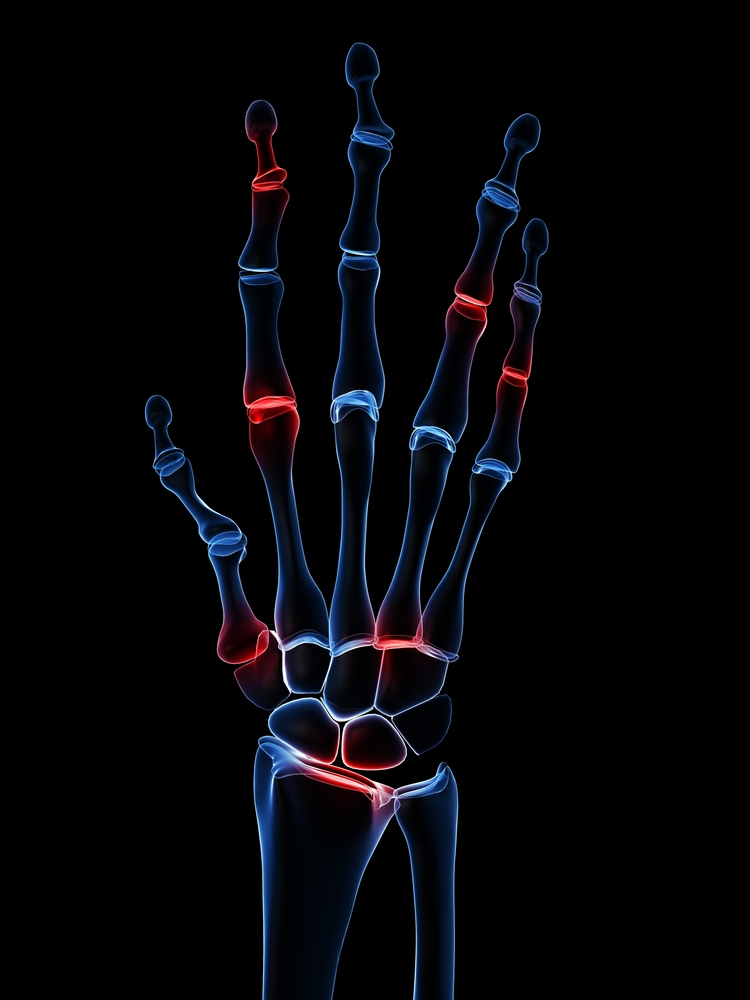In a new study entitled “Increased disease activity, severity and autoantibody positivity in rheumatoid arthritis patients with co-existent bronchiectasis” researchers measured key markers of rheumatoid arthritis disease activity and severity in two groups of patients, one affected by rheumatoid arthritis alone and the other affected by rheumatoid arthritis and bronchiectasis. They found that the group of rheumatoid arthritis-bronchiectasis patients had significantly higher levels of all disease markers, therefore establishing the condition as a more severe systemic disease than rheumatoid arthritis. The study was published in the International Journal of Rheumatic Diseases.
Rheumatoid arthritis is a chronic inflammatory disorder that affects mostly the joints and leads to painful deformity and immobility in the fingers, wrists, feet, and ankles. Established for many years is the association between Rheumatoid arthritis and bronchiectasis (a condition characterized by damaged airways leading to their permanent enlargement and scarring). In fact, patients with both rheumatoid arthritis and bronchiectasis have an increased risk for mortality of up to five-fold when compared to mortality of patients with rheumatoid arthritis alone.
In this new study, the authors assessed markers of rheumatoid arthritis activity and severity in patients with both rheumatoid arthritis-bronchiectasis and compared it to patients with rheumatoid arthritis alone. The team determined the levels of Disease Activity Score of 28 joints – C-reactive protein (DAS28-CRP) and the presence of rheumatoid arthritis autoantibodies, particularly anti-cyclic citrullinated peptide antibodies (anti-CCP). In total, authors studied 53 patients with rheumatoid arthritis-bronchiectasis and 50 patients with rheumatoid arthritis alone.
The team observed that patients with both rheumatoid arthritis-bronchiectasis had higher levels of DAS28 scores when compared to rheumatoid arthritis patients alone, specifically a score of 3.51 versus 2.59, respectively. Patients also registered higher levels of anti-CCP (89% for rheumatoid arthritis-bronchiectasis group, while this value registered only 46% in rheumatoid arthritis patients) and of another autoantibody, the rheumatoid factor (79% versus 52%). Radiographies of hands and foot, when available, showed a significant increase in bone erosion in rheumatoid arthritis-bronchiectasis, registering a 78% in this group while rheumatoid arthritis patients alone registered 43%.
As a result, all parameters of disease activity and severity measured were significantly higher in the rheumatoid arthritis-bronchiectasis group of patients when compared to those affected only by rheumatoid arthritis. Notably, however, the team found no differences in anti-rheumatic drug/biologic therapy between both groups, neither in their smoking history. The findings suggest rheumatoid arthritis-bronchiectasis is a more severe systemic disease and authors highlight that additional studies focusing on this patient population should address potential new and selective therapeutic options.

